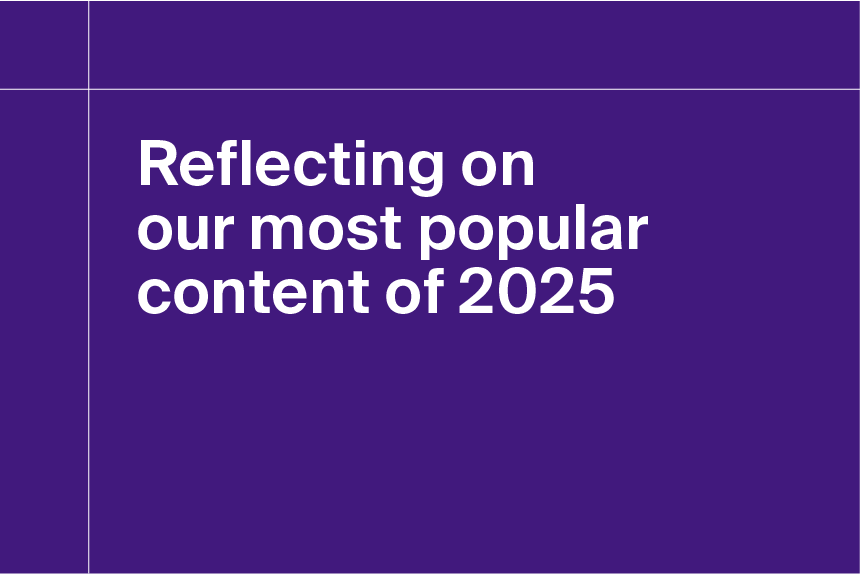Have you ever done this?
Your nose is stuffed. You’ve coughed until your throat is sore. Your head is pounding. Your body aches and, even after a full night’s sleep, you’re still tired.
You think you might have the flu, but instead of seeing your doctor for an official diagnosis…you do nothing. Surely, it’s not worth taking time out of your day, and money out of your pocket, just for the flu, right?
If this scenario sounds a bit too familiar, don’t worry — you’re not alone. Seeing a physician can sometimes be expensive, time-consuming (even with an appointment!), and inconvenient—especially if the closest doctor in your network is a serious drive away.
One possible solution? Your local outpatient clinic. According to the data, a growing number of patients prefer visiting a clinic over a doctor’s office or hospital setting, seeing these facilities as more flexible, more convenient, and more affordable alternatives.
In this two-part blog series, we’ll explore the rise of outpatient clinics and why these facilities have become so popular.
What is an outpatient clinic?
Before we dive in, let’s first define what an outpatient clinic is.
Outpatient clinics are healthcare facilities that provide consultation, treatment and other services to patients who don’t need to spend a night in a hospital. These centers provide services from routine physical examinations to more complex clinical procedures like mammograms and colonoscopies.
There are many types of outpatient clinics, such as:
- Urgent care clinics
- Federally Qualified Health Centers (FQHC)
- Rural health clinics
- Retail clinics
- Renal dialysis centers
- Ambulatory surgery centers (ASC)
Many of these locations are “walk-in clinics,” meaning patients can arrive at any time without a scheduled appointment and see a clinician. The convenience offered by an outpatient center is just one reason more patients are flocking to these facilities.
Clinic procedures are on the rise.
With definitions out of the way, it’s time to look at the data.
Using ClinicView, we tracked the growth of procedures performed in outpatient clinics from 2016 to 2021. Note that while ASCs deliver outpatient care, we track them separately using SurgeryCenterView.
Fig 1. The rise of clinic procedures in outpatient centers from 2016 to 2021. Data is from Definitive Healthcare’s ClinicView product. Data is accurate as of August 2022.
From the graph above, we can see that procedures in outpatient clinics steadily grew from more than 272 million in 2016 to more than 414 million in 2021. That’s a compound annual growth rate of 8.80% during this five-year period.
ClinicView tracks more than 48,000 active outpatient clinics across the U.S. Among these facilities, about 37% of all active clinics are FQHC sites. These healthcare providers deliver primary care services to underserved communities in both urban and rural areas. FQHC sites are funded by the Health Resources & Services Administration.
The heatmap below shows us where the most active outpatient clinics are located.
Fig 2. Heatmap of active outpatient clinics in the U.S. Data is from Definitive Healthcare’s ClinicView product. Data is accurate as of August 2022.
California, Texas, and Florida have the highest number of active outpatient centers. California has 5,442 active clinics, while Texas has 3,361 and Florida has 2,864. One reason for this is due to population density. These three are the most populous states in the country, according to the U.S. Census Bureau.
Patients looked to urgent care during the pandemic
It’s hard to discuss healthcare trends without talking about the significant impact COVID-19 had on how patients engage with their doctors and receive care. Urgent care facilities played a vital role during the early days of the pandemic.
As with other care options—like telemedicine and at-home care—urgent care centers were already growing in popularity among patients before the pandemic. According to the Urgent Care Association, 23% of primary care visits in 2019 were held at urgent care clinics. COVID-19, however, triggered a surge, and patient visits to urgent care centers numbered in the millions every month from 2020 to 2021.
By looking at all-payor claims diagnosis data, we can see what brought so many patients in to see a clinician. There were 34.2 million diagnoses made in clinics throughout 2021. Using ClaimsMx, we uncovered which were the most common:
The most common diagnoses made in outpatient clinics in 2021
| Condition | Percentage of total diagnoses |
| COVID-19 (Contact/exposure, screenings, care, immunization, etc.) | 33.1% |
| Acute upper respiratory infection, unspecified | 3% |
| Acute pharyngitis, unspecified | 2.5% |
| Cough (excludes paroxysmal cough, smoker’s cough, and cough w/hemorrhage) | 2.1% |
| Nasal congestion (excludes acute respiratory distress syndrome) | 1.4% |
Fig 3. Table of the most common diagnosis claims made in clinics in 2021. Data is from Definitive Healthcare’s ClaimsMx product. Data is accurate as of August 2022.
From the table, it’s clear that COVID-19 and COVID-related symptoms were the most common diagnoses made in clinics in2021. And while every healthcare provider was treating coronavirus patients, urgent care centers were uniquely positioned to help.
In the height of the pandemic, social distancing guidelines and lockdowns made it challenging for patients to visit their doctors. Many practices shuttered their doors—sometimes for good. To make matters worse, the facilities that stayed open were flooded with appointments stretching out for months.
As a result, many patients turned to urgent care centers. Research conducted by the Coalition for Urgent Care Access shows that urgent care centers became common access points for communities across the country, administering more than 70 million COVID tests in 2021. The convenience, flexibility, and accessibility of these clinics likely all contribute to why clinic visits continue to grow.
You can learn more about how COVID-19 influenced the growth of urgent care centers, including the challenges these facilities had to overcome, in our blog, “The pandemic transformed urgent care.”
A critical shift in healthcare
The outpatient clinic landscape is in a period of exciting change. As more patients experience the convenience, flexibility, and accessibility of outpatient care, demand has grown.
Stay tuned for part two, where we’ll explore a few of the reasons why outpatient clinics have seen such growth, and what it means for the broader healthcare ecosystem.
If your organization is looking to increase its market share in the clinic space or conduct more informed conversations with key executives, you’ll need healthcare commercial intelligence. Insights from the Definitive Healthcare platform can help expand your view of the market and make more strategic decisions. Want to get started? Sign up for a free trial today.




